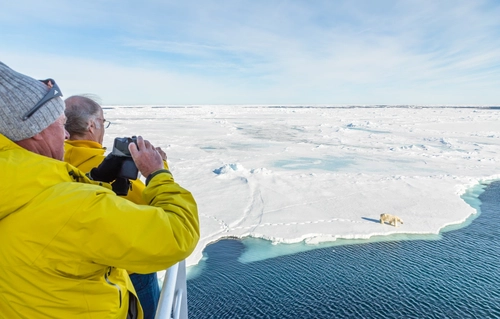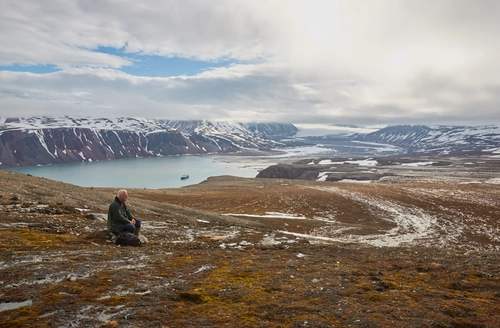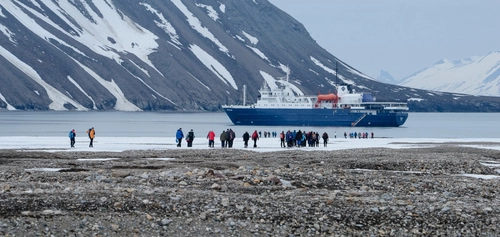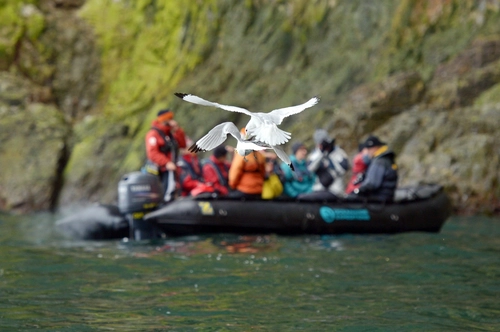
Taubanesentralen, Longyearbyen, exposure time 2 months
A large glaucous gull peers at us from outside the breakfast room. This bird has been a daily visitor since our arrival, eyeing our delightful spread of bread, cheese, meat, and eggs through the glass. Unlike most cafe terraces worldwide, where pigeons and sparrows are common, Spitsbergen seems to be pigeon-free. At the Polarrigg hotel, everyone is content to be inside, as the gull outside looks quite determined.
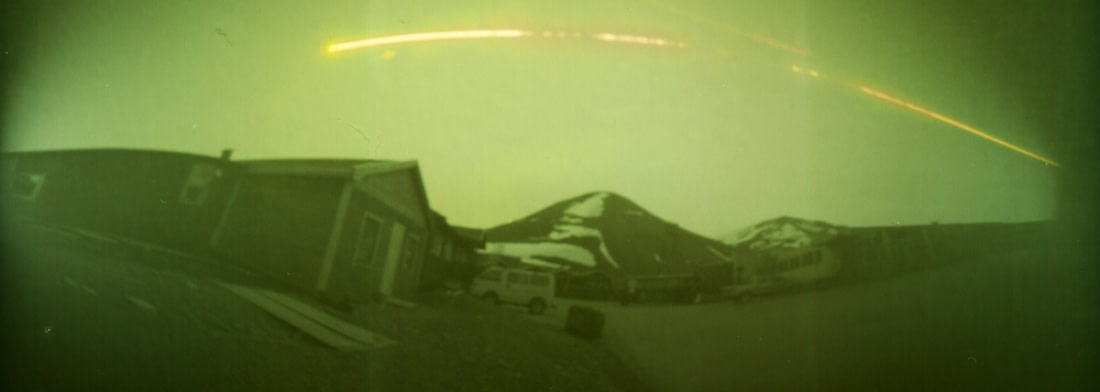
Hotel Polarrigg, exposure time 1 day.
Ready to leave
The breakfast room fills with SeesNL participants, all eager to depart. However, we must wait until the afternoon. Some scientists leave early to start setting up the laboratory on the vessel Ortelius, which will serve as a workspace during the Spitsbergen expedition. This temporary lab will be dismantled after the journey.
A taxi is scheduled for 15:00 to collect luggage and passengers, including scientists, tourists, and two fortunate artists—myself and actor/writer Ramsey Nasr. We feel a bit out of place without any scientific contributions, but everyone has been welcoming, and we are definitely part of the team. Like historical expeditions that included writers and visual artists to document the journey, we are here to fulfill that role.
Ortelius beautiful in the fjord
The wait begins, and some of us go walking, shopping, or geocaching. I decide to collect a few more pin-hole cameras. After a quick visit to the mining cart station, I take some Super8 mm film shots from a higher vantage point where the Ortelius looks stunning in the fjord. During my first days in Longyearbyen, I had already retrieved some cameras I set up two months earlier. I rush to the post office to send the first batch of pin-hole cameras to Holland for later processing. It's better to spread the risk of losing them, so this is the first group to be sent home.
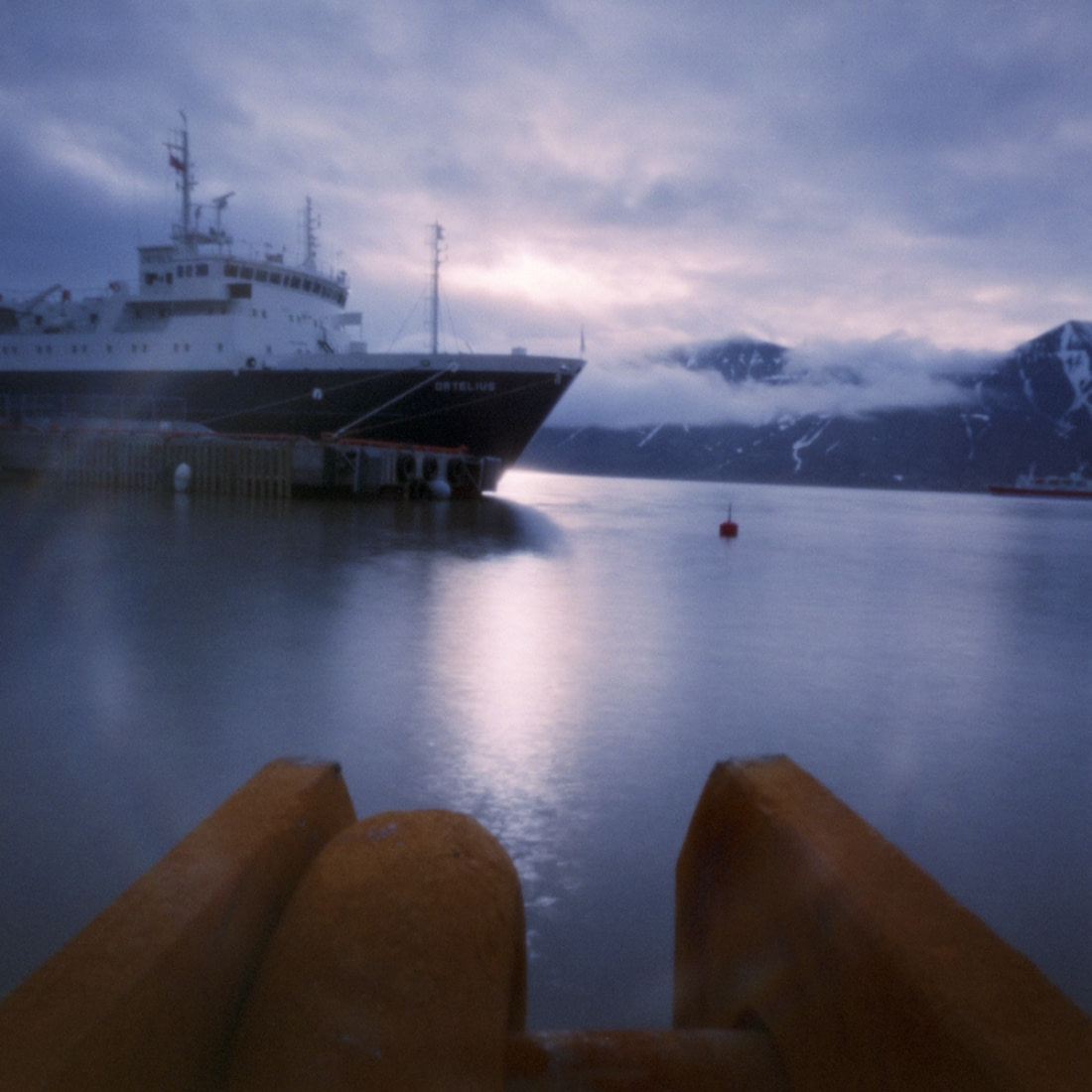
Ortelius in Longyearbyen harbour. Pinhole photo, exposure time 15 seconds.
Finally to the harbor
The taxi arrives! We head to the harbor to board the zodiacs that will take us to the Ortelius. From various hotels and the campsite in Longyearbyen, everyone gathers at the platform, waiting for the next steps. Maarten Loonen, the scientific expedition leader, arrives along with the early pioneers of a Dutch Polar station in Kapp Lee, Edgeøya. Eric Flipse, Piet Oosterveld, Paul de Groot, and Ko de Korte spent a year in 1968/1969 building a polar station and collecting biological data. They are now invited to revisit the place they once stayed. Sadly, Eric is not with us, having passed away in the 1970s.
Embarkation
Once all the luggage is on board, it's our turn. In small groups, we board the zodiacs and are taken to the ship. The zodiac slides next to a small platform where we are helped onto a staircase leading to deck three, where we check in at the reception. My bags are already in my room when I enter. It's a great room, more luxurious than I need, but I requested it to start creating long exposure photographs from my window immediately. I have ample space to work on my project, and the bathroom can serve as a darkroom for making new cameras while we're at sea. I begin my sunlight painting experiment right away.

Ortelius deck 5, exposure time 7 days.
Sailing out of the main Isfjorden
The ship sails out of the main Isfjorden, turns left into the open ocean, and we encounter a beautiful rolling swell that makes some people feel a bit seasick. I wasn't sure how I would react, as this is my first time on such a vessel in open ocean. Fortunately, apart from feeling a bit "drunk" without drinking, I don't experience motion sickness. In fact, I find that I quite enjoy it.
A living breathing sea creature
The sounds of the Svalbard cruise ship enhance the experience. I love the creaks and squeaks around me as I move through the deck and corridors. The combination of wood and metal, along with the constant soft hum of the engine, makes it feel as if the ship is alive—a living, breathing sea creature protecting its cargo of eager scientists. My sleep is quite good that night. A lone gull drifts south, side by side with the m/v Ortelius.
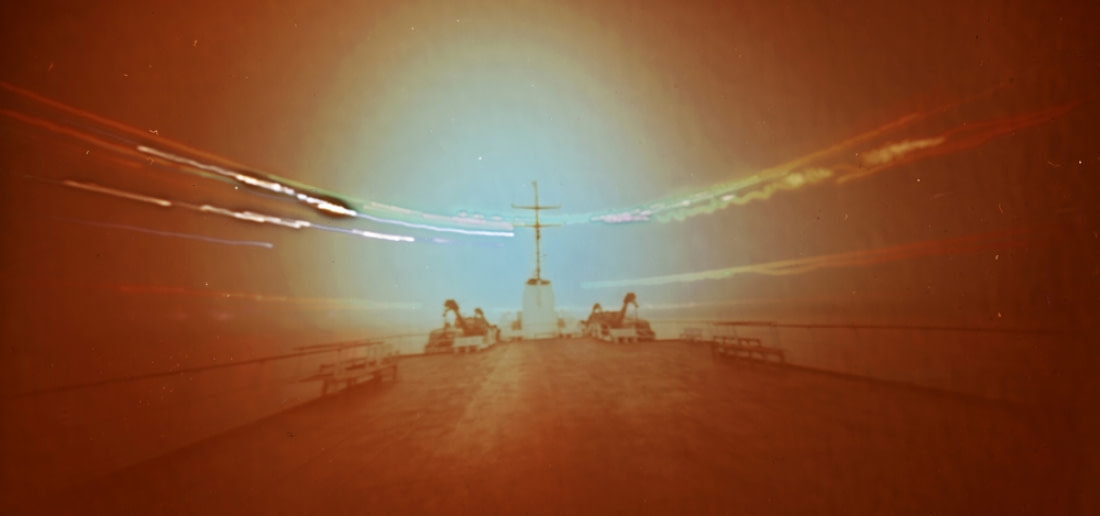
Ortelius deck 7, exposure time 7 days.
About the author
Udo Prinsen is a visual artist with a background in film and animation design. He participated as a member of the Sees NL expedition to Spitsbergen and Edgeøya. During the voyage, he engaged in 'painting with sunlight,' as described on his website, using analogue photography and film methods to capture the cultural and historical aspects of the expedition. Prinsen is fascinated by this technique and dreams of creating a solargraphy storybook of vessels around the world, with many exciting plans in mind.
About the images
In solargraphy, solar tracks are directly recorded through a lensless pin-hole camera onto light-sensitive paper. The exposure time can range from months to years. The images in this project were exposed for several hours to just over two months.

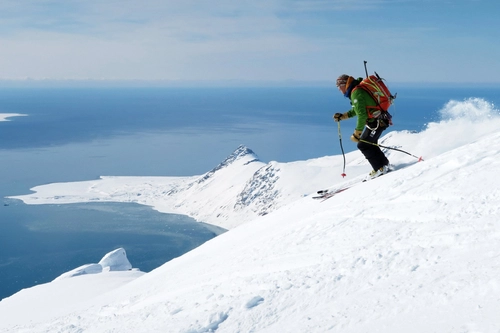
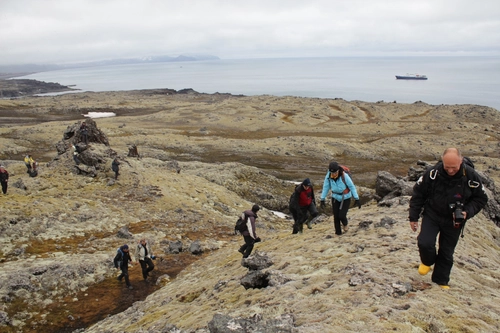
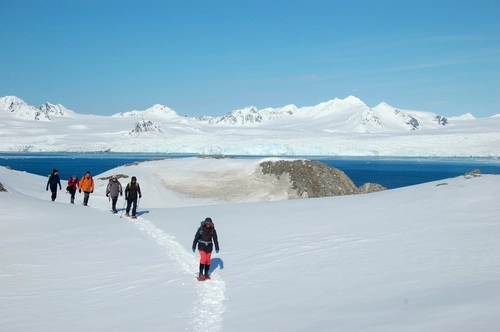
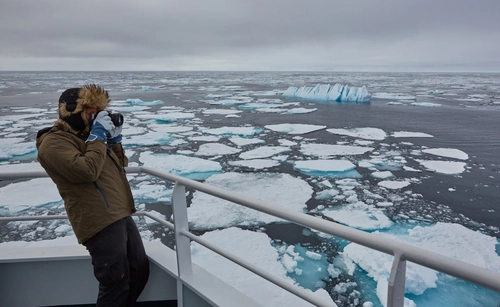
Related Trips
Blog


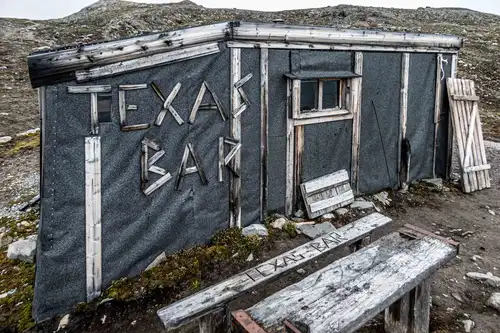
Svalbard’s Texas Bar
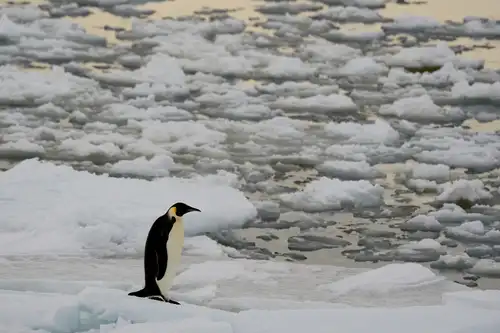
The Ways and Wildlife of the Weddell Sea
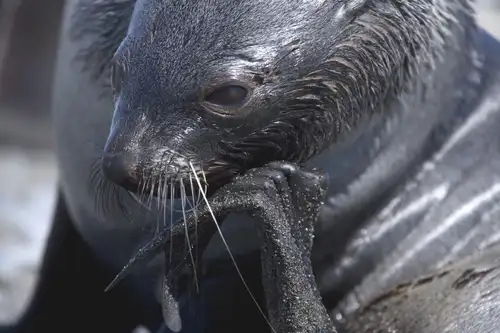
Coming Back from the Brink: The Fur Seals of Antarctica
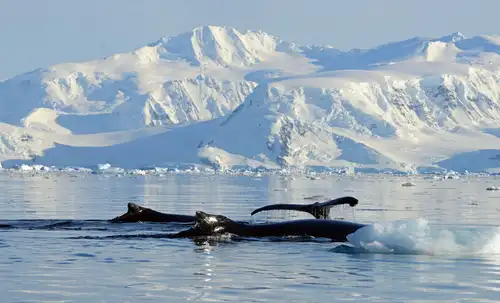
Humpback Whales: the Stars of the Western Antarctic Peninsula
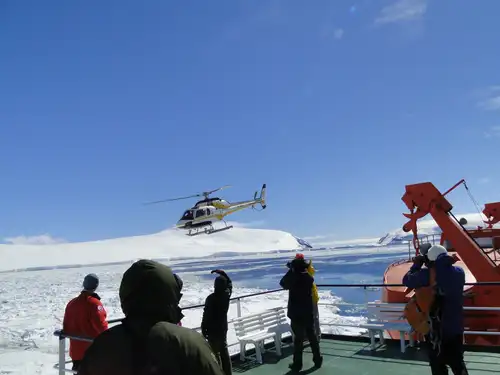
The Wonderful Weddell Sea: Places, Pics, and Impressions
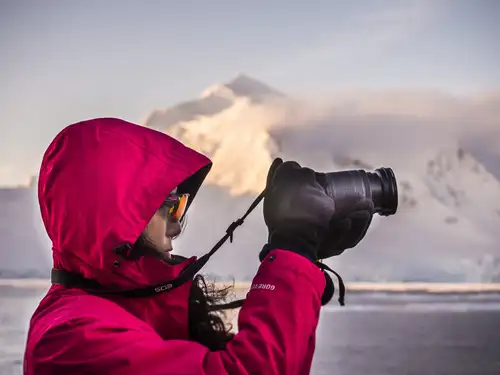
12 photo tips to make better pictures on your Antarctica cruise
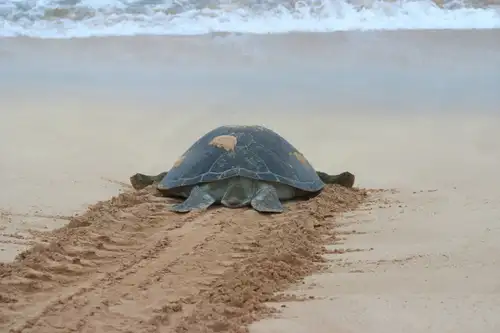
The Overlooked Treasures of Ascension Island

Fierce and Feathered: the Skuas of Antarctica

Why a Polar Diving Cruise Should be Your Next Great Decision
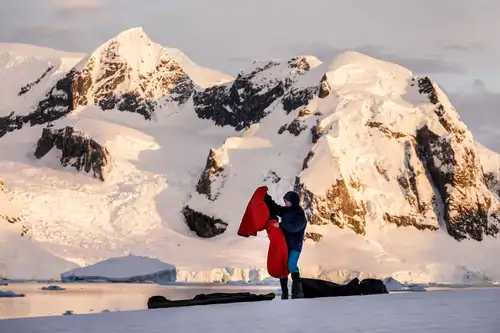
Camping in Antarctica: a True Expedition Experience
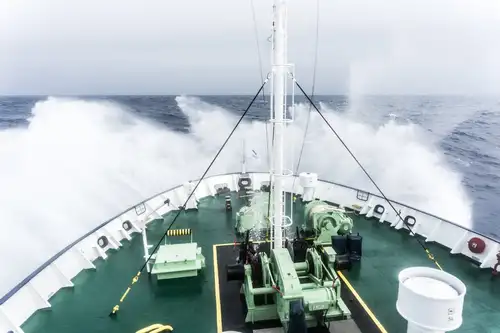
What to Expect When Crossing the Drake Passage
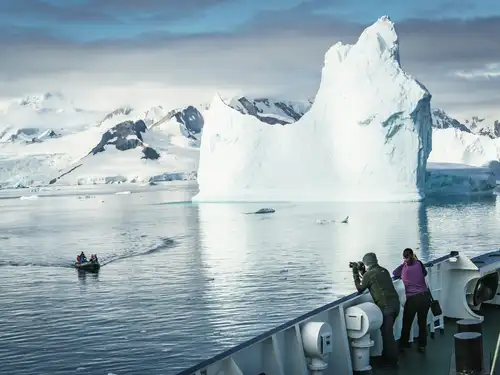
Antarctic Explorer’s Voyage
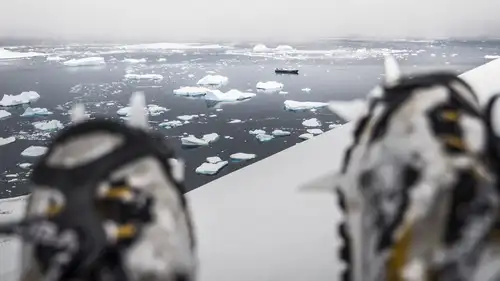
Arctic and Antarctic Basecamp Cruises – Choose Your Own Adventure
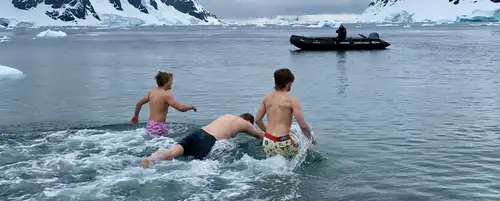
Taking the Polar Plunge
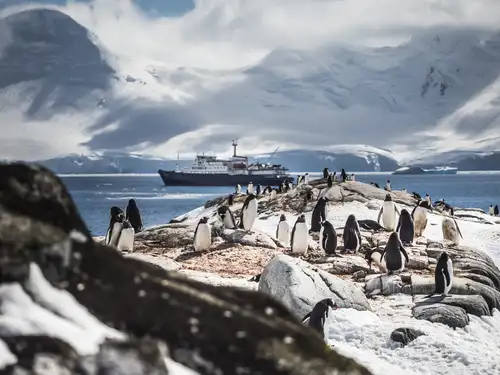
Top 10 Antarctic Attractions
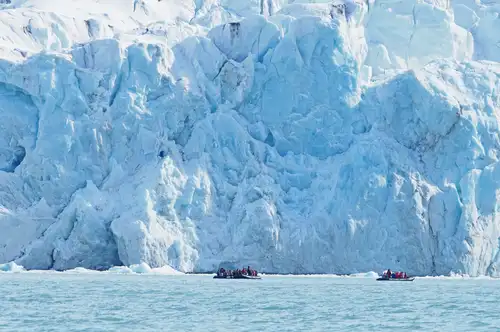
All About Ice: Glaciers and Icebergs of the Arctic and Antarctica
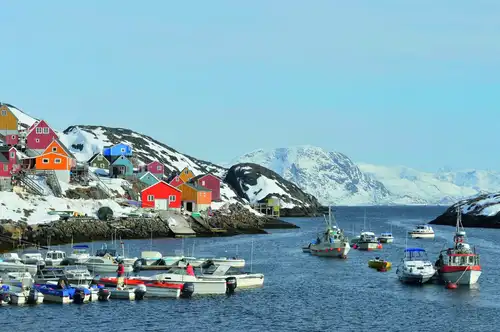
Amazing Greenland
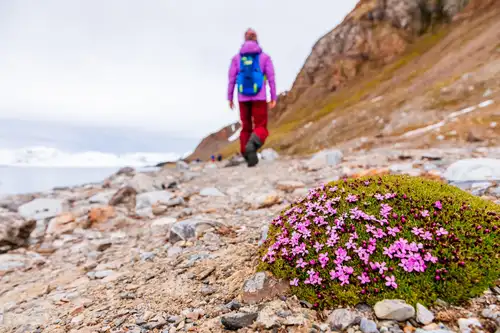
Seizing the Season: Spitsbergen’s Late Spring, Early Summer
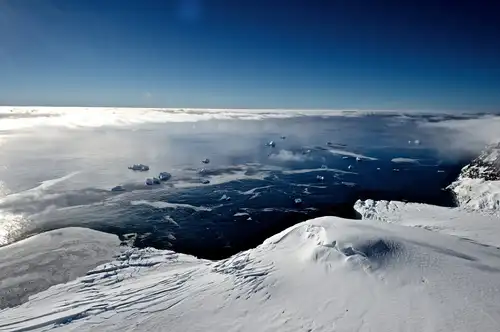
10 Weather-Fueled Facts about Antarctica
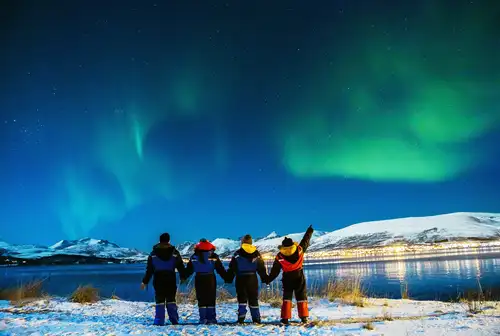



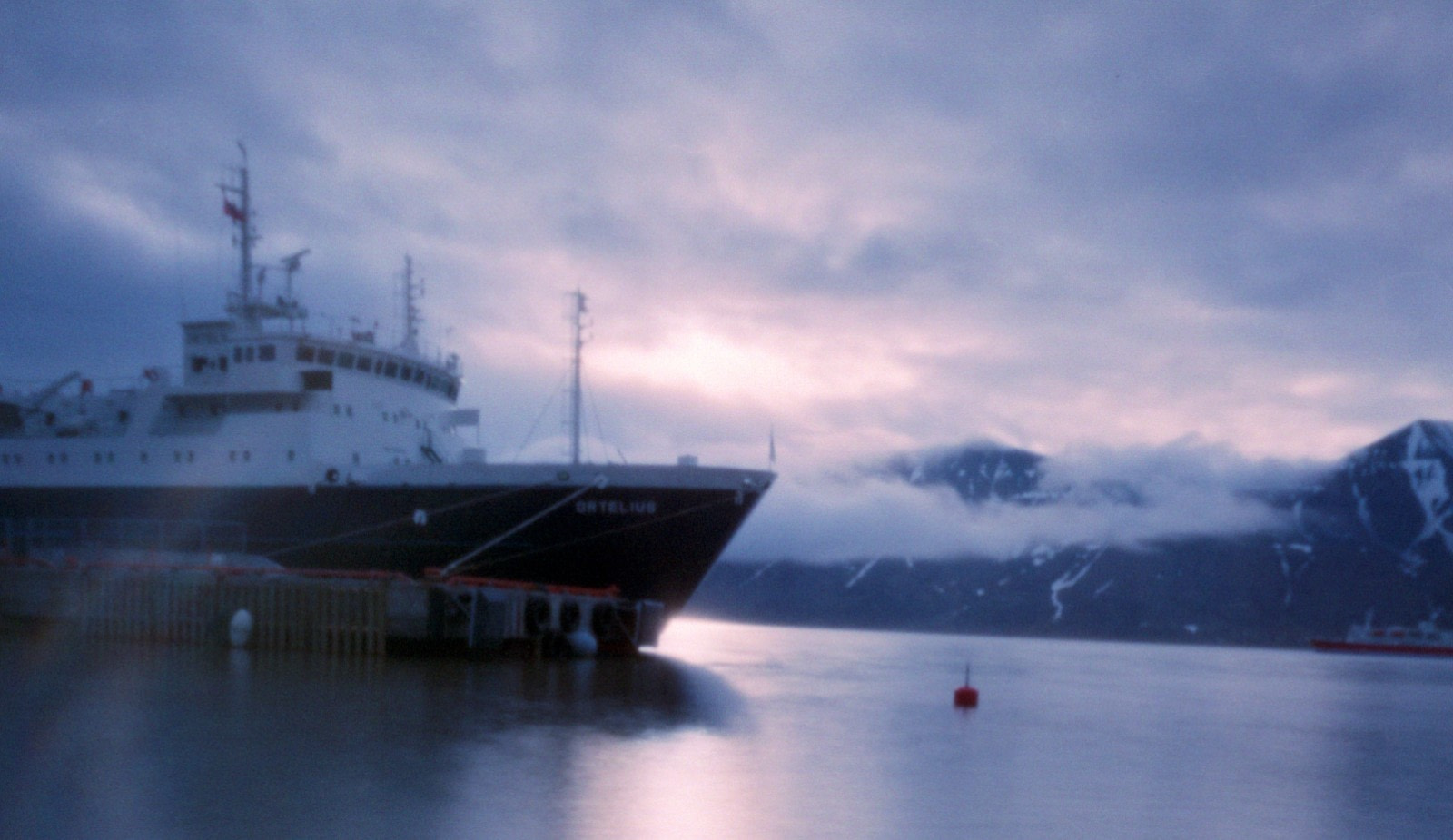

 8 Days / 7 Nights
8 Days / 7 Nights

